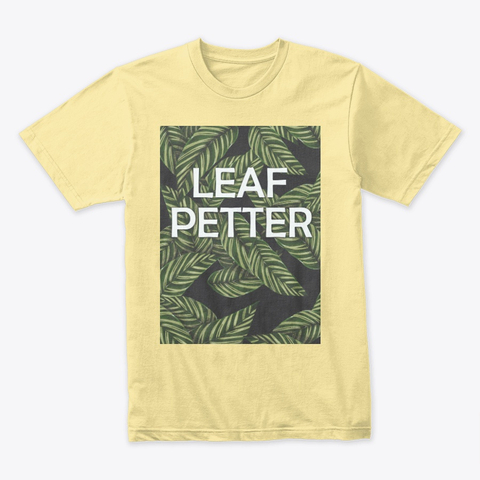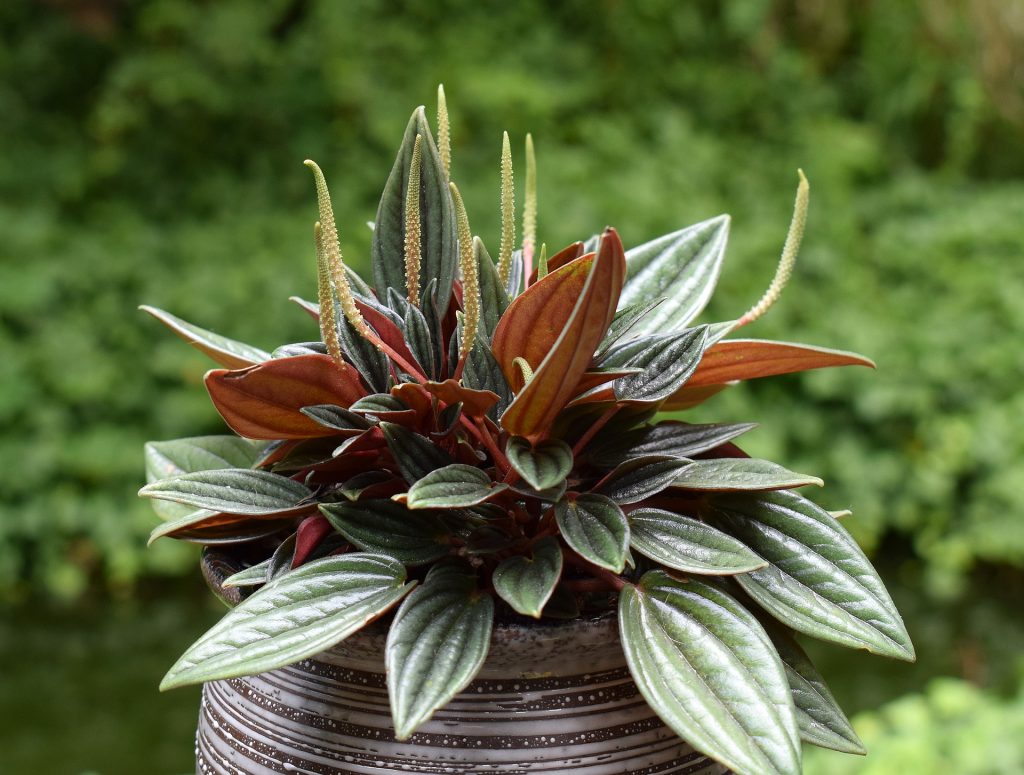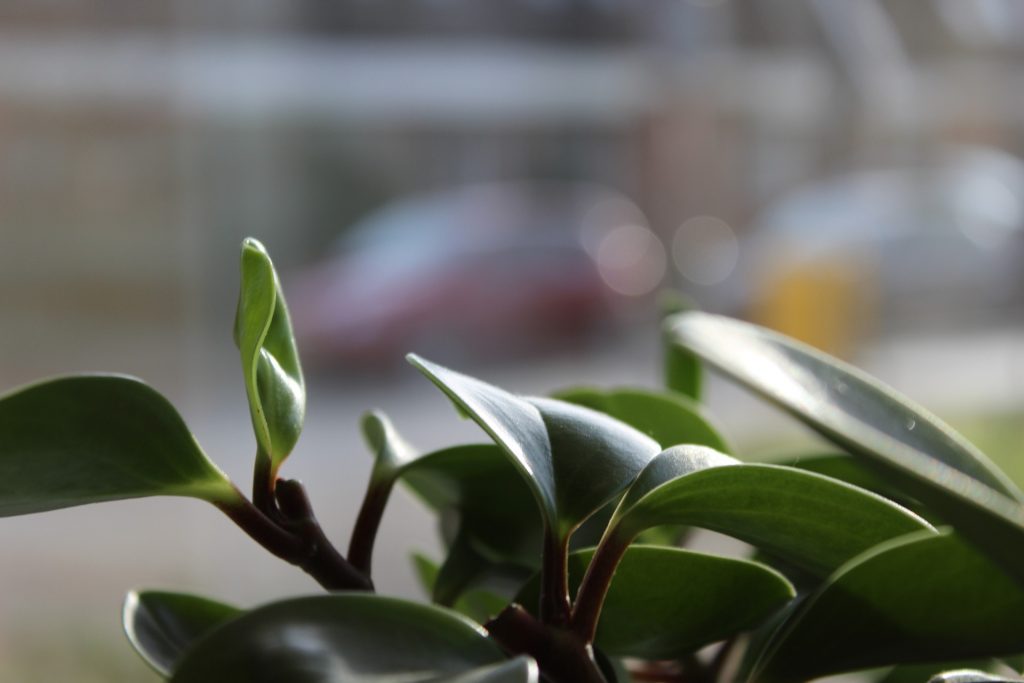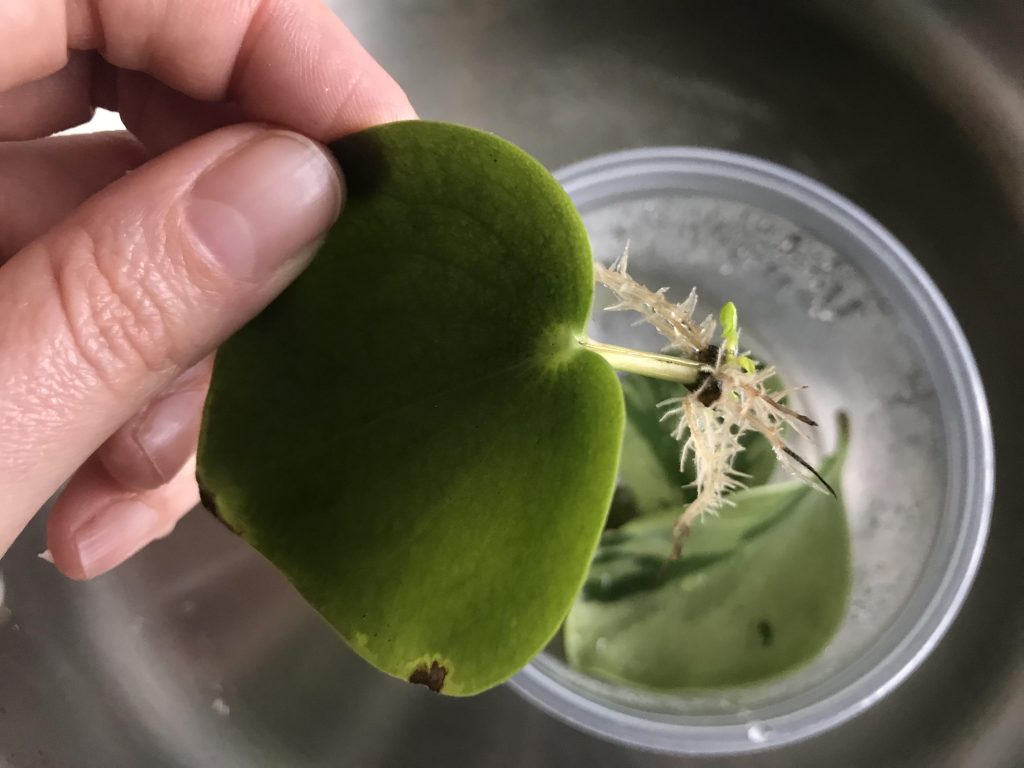It’s that time of year again! Here are two comprehensive videos detailing how to bring outdoor coleus inside, propagate, rehabilitate, and otherwise love on your indoor coleus plant.
Recent Houseplant Tour
Philodendron Deep Dive!
My in-depth video on all things Philodendron!
Unboxing & Review of Elechomes Cool Mist Ultrasonic Humidifier
How To Grow Cactus From Seed
Materials:
-Cactus Seeds
-Cactus soil
-a plastic takeout container with an opaque lid
-something to poke holes in the plastic
-a heating mat or somewhere warm like the top of a fridge
Here’s the one I use: https://amzn.to/3cauj1g
-a full-spectrum grow light
Announcing Leaf Petter Apparel!
You’ve asked, and its finally time to launch my new storefront, Leaf Petter Apparel!

We have the nod-to-the-90s version of the Humidity Hoes shirt, for all the fans of moisture-loving plants out there!

And the classic Leaf Petter design, to let everyone know just how obsessed with stroking the foliage of the world you are!
Shop the collection here: https://teespring.com/stores/leaf-petter-apparel
Two Very Special Plant Unboxings & A Sentimental Gift.
The Genus Peperomia
Origin & Characteristics
The genus Peperomia was first described by Spanish botanists Ruiz & Pavon in 1794. Since then, over 1600 species of these mostly pint-sized plants have been recorded. Peperomia are tropical and subtropical plants, originating mostly in Central and South America, with just 17 calling Africa their home.
In Brazil, Peperomias are a symbol of good luck, it is given as a sort of comfort that everything will be alright. I love that.
You can find one of the larger Peperomias, the obtusifolia growing in Florida now as a naturalized species. Peperomia belong to the Angiosperms, or flowering plants, and are a member of the Piperaceae family. That’s the same as the pepper plant, the spice, not the fruiting variety.
The flower of the Peperomia is a “rat tail” or spicate inflorescence that is, upon very close examination, comprised of tiny green flowers. The nature of their flowers suggests they are pollinated autonomously via the wind or insects.

While many Peperomia are small in size, the varieties are as diverse as a genus gets. There are three types of Peperomia, trailing (P. scandens, P. hope), bushy (P. caperata, P. argyrioua), and upright (P. clusifolia, P. obtusifolia).
The Care & Keeping of Your Peperomia
The Peperomia is an ideal houseplant because of its smaller size, they are mostly compact, slow-growing plants with shallow root systems that don’t require frequent uppotting. In fact, this is discouraged! A Peperomia can happily go for years in the same pot.
Peperomia enjoy average warmth (don’t go lower than 55 degrees F) and will not do well in direct sunlight. Instead give them bright, diffused to medium light. Many Peperomia will thrive under grow lights.
The kiss of death for most Peperomia is root rot. The delicate, fragile root system must be allowed time to dry out and “breathe” or they will suffocate, leaving you very sad and your plant very dead.
A good general rule of thumb for watering Peperomia is: the thicker the stem, the longer you can go between watering. Many indoor gardeners advise waiting until the leaves of your Peperomia feel floppy and bendable, but try not to let it get this far to avoid needlessly stressing the plant. For many bushy varieties, you’re gambling with leaf drop if you wait too long.)
Example: prostrata and ruby cascade can take water more often (thin) whereas obtusifolia has more succulent tendencies and can go longer.

Another bit of information you can glean from physical characteristics of Peperomia are how much light they can take without showing chlorotic stress.
Red undersides, succulent, and variegated peps can usually take more light, whereas watermelon and small-leafed medium thick can take medium light, with ripple peps being more shade friendly.
One very cool fact I’ve learned about Peperomia is that they are summer dormant. This means they do the bulk of their growing during the fall to winter months.
This does mean they may need a little bit of fertilizer to replenish the soil, but once a month is more than plenty, and use ¼ to ½ of what your bottle says.
In nature, these are epiphytes, meaning they grow in trees and get their nutrients from the rain runoff through the trees rather than from soil. They are used to a lower level of nutrients than many of our other tropicals!
And since these are epiphytic in the wild, this means they appreciate barky, well-draining potting mix. I use roughly 2 parts soil to 1 part perlite with a handful of some small pieces of orchid bark.
Peperomia are susceptible to standard houseplant pests, but don’t seem to be as enticing to pestiferous insects as other genera in my collection. Watch for leaf puckering that doesn’t go away with a good watering, you may have a sucking insect on your hands.

Troubleshooting
Leaf drop can indicate both low temperature stress, as well as lack of adequate watering. Keep your plants in a place that does not drop below 50 degrees F, and is free from cold drafts. Cold stress also takes the form of browning on the abaxial (bottom) half of the leaves.
A word of warning on ordering Peperomia online, I have noticed these plants take an especially hard hit in the mail even when packed well. The good news is, however, they bounce back incredibly quickly! Give them good light, a warm spot, and don’t over water and your Pep will show you how resilient it is!
Propagation
Peperomia are fun to propagate! You can root stem and leaf/petiole cuttings in water, soil, moss, or…my favorite method: in up-cycled hummus pots! I learned this method via Jane Perrone, host of On The Ledge Podcast.

You simply remove the labels and thoroughly clean an empty hummus or take out container, put a little bit of water in them, pop your Pep leaves in there, cover your mini-greenhouse, and forget about it for a few weeks!
I’ll be doing a dedicated post on this soon but here’s a video where I show the method: https://www.youtube.com/watch?v=BEt0JZd1De8
People have loved Peperomia for a long time and with good reason! They’re cute, compact, and once you get the hang of their needs, a very easy houseplant to care for.
Additional Resources:
Peperomia Production Guide